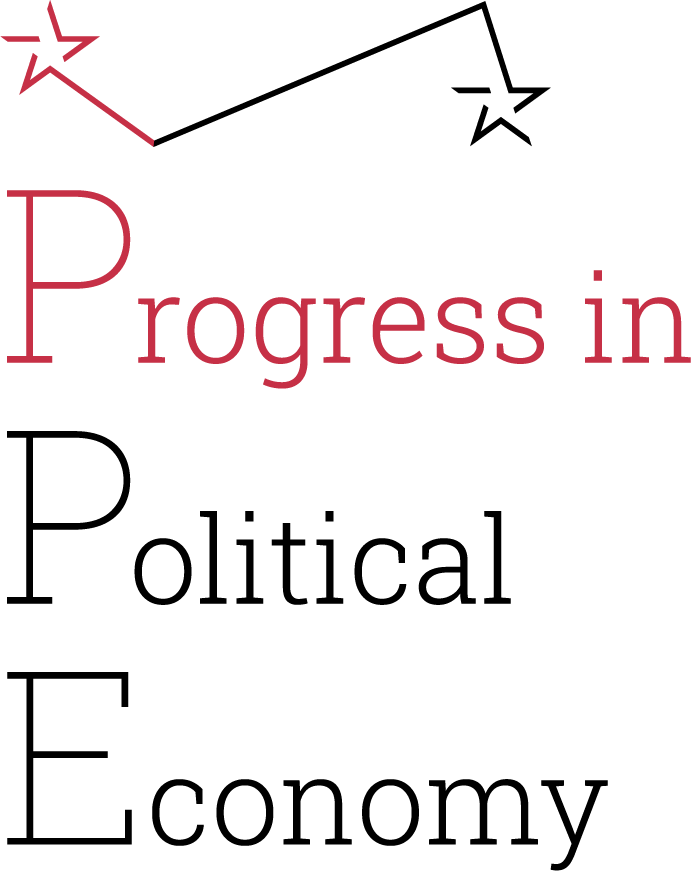Degrowth’s unhelpful contribution to global environmental challenges: A rejoinder to a critique of growth contingency
Tim Thornton | March 21, 2025
I write in response to the recent critique by Terry Leahy of my article ‘Beyond green growth, degrowth, post-growth and growth agnosticism’ in JAPE (94, Summer 2024/2025). While it is great to open this sort of debate, it is crucial, first and foremost, to clarify what is being argued. My [...]
6126














